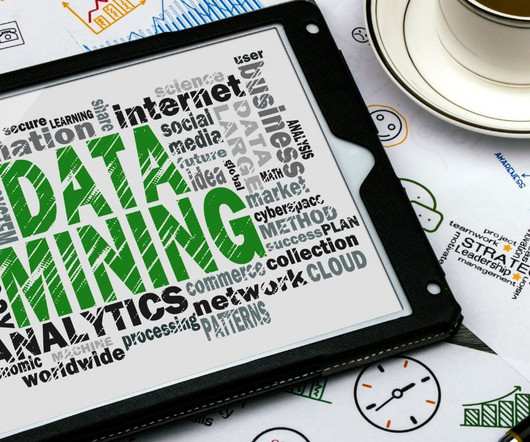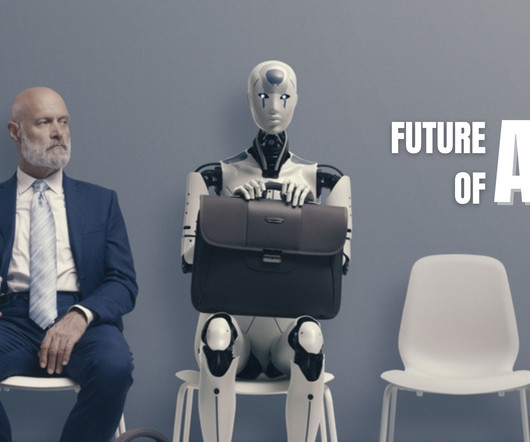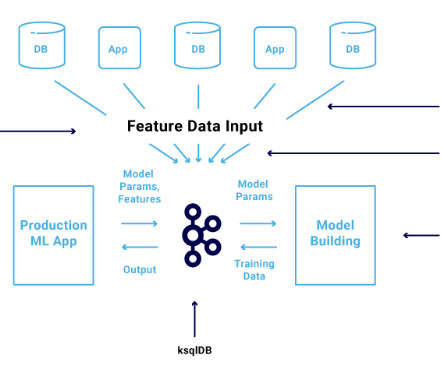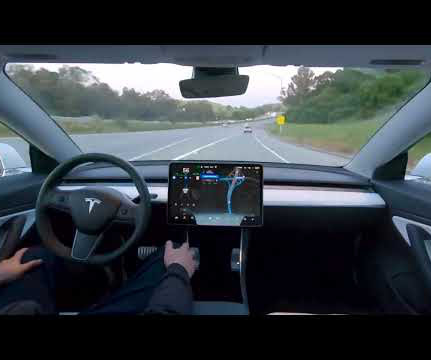Exploring the dynamic fusion of AI and the IoT
Dataconomy
MAY 25, 2023
The integration of artificial intelligence in Internet of Things introduces new dimensions of efficiency, automation, and intelligence to our daily lives. Simultaneously, artificial intelligence has revolutionized the way machines learn, reason, and make decisions.














Let's personalize your content